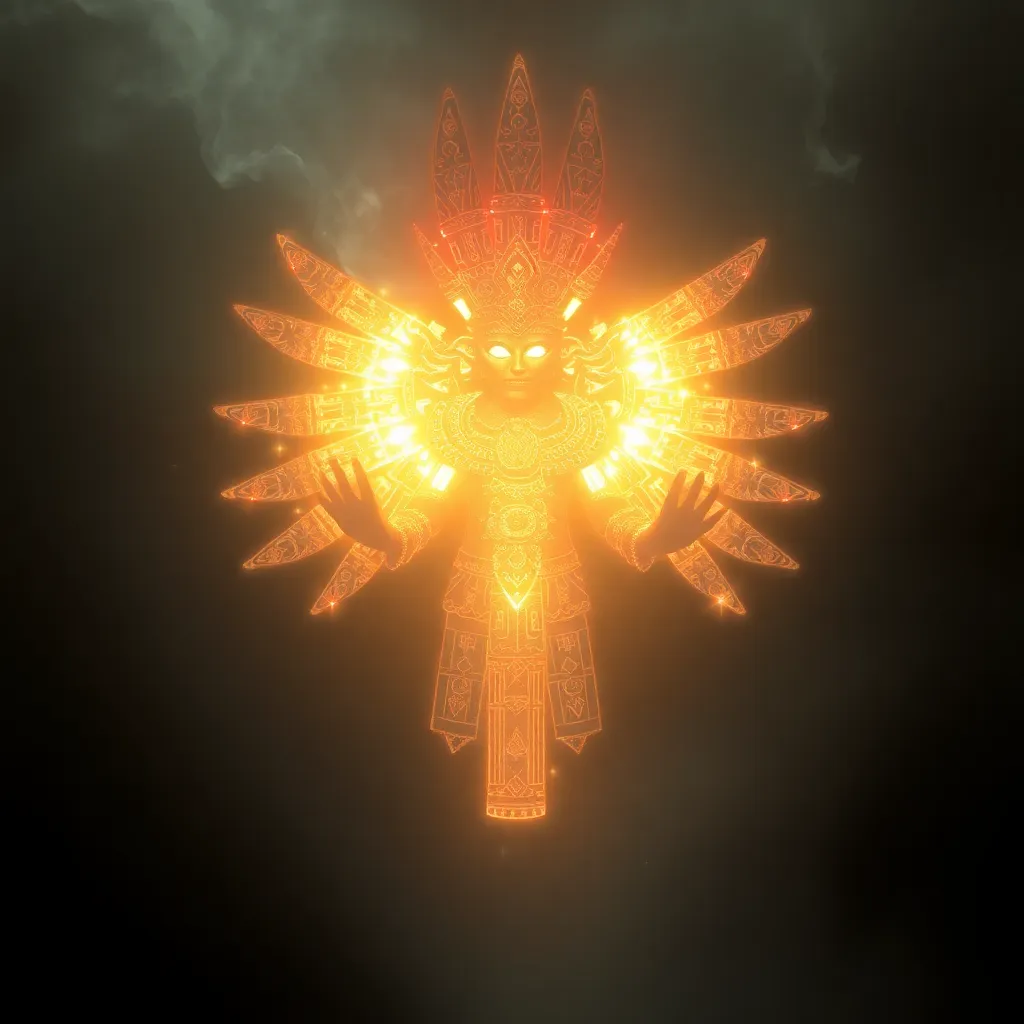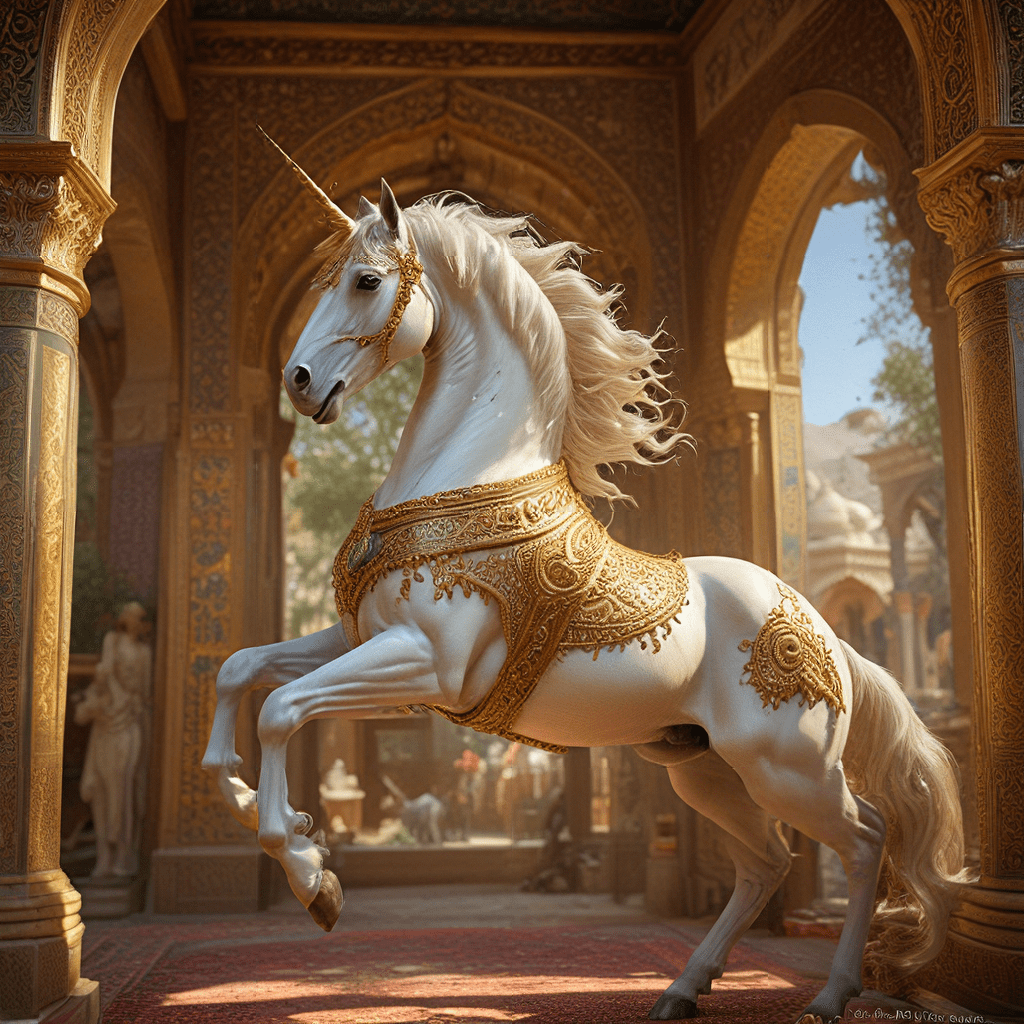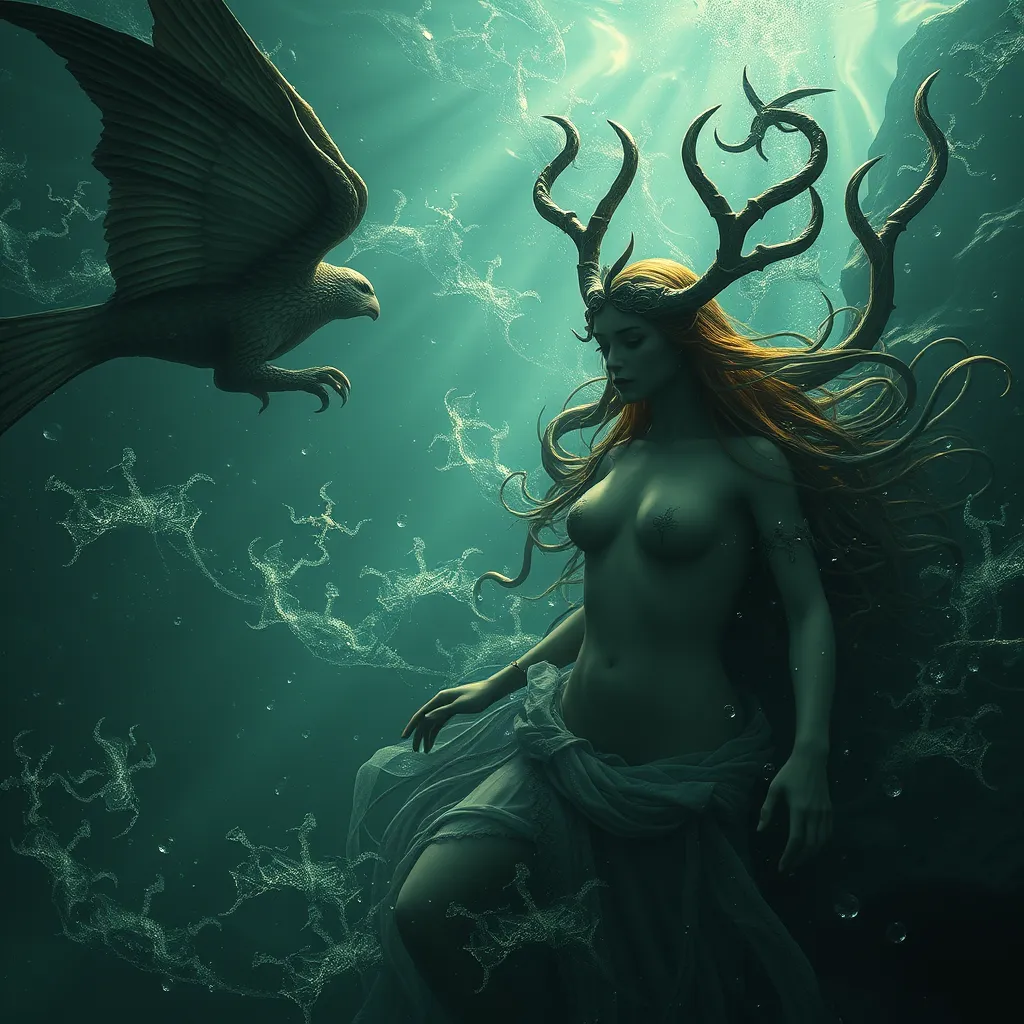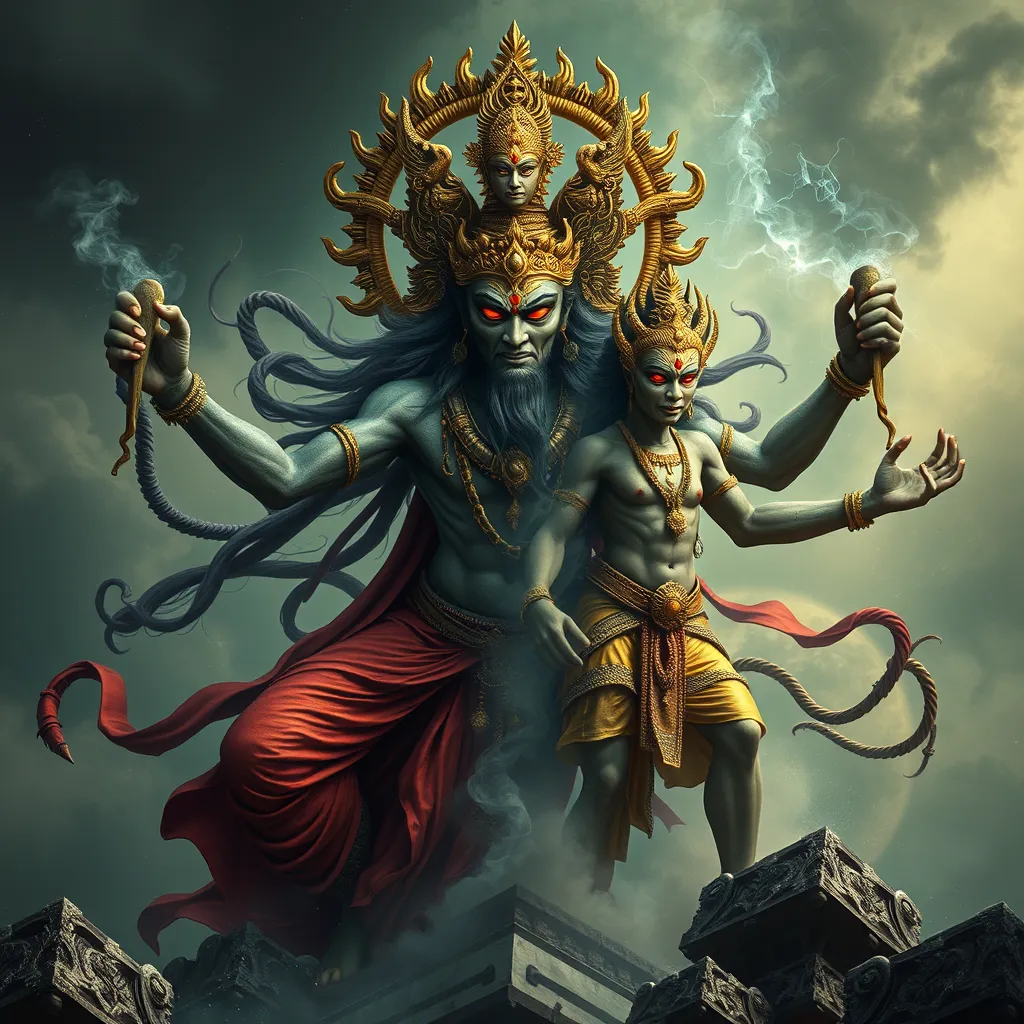Itzamná: The Mayan God of Light and Darkness
I. Introduction
Itzamná is one of the most significant deities in Mayan mythology, embodying the profound duality of light and darkness. This god is not only revered as a creator but also as a harbinger of destruction, reflecting the essential balance that characterizes the Mayan understanding of the universe. The importance of duality in Mayan beliefs is evident in their cosmology, where opposites coexist and shape the world. This article aims to explore the multifaceted nature of Itzamná, examining his historical context, symbolism, rituals, and modern relevance.
II. Historical Context of Itzamná
The origins of Itzamná can be traced back to the ancient Mayan civilization, where he was regarded as a central figure in the pantheon of gods. As a creator god, Itzamná was believed to have a hand in the creation of humanity and the world. His role extended beyond mere creation; he was also associated with wisdom and knowledge, often depicted as a god of writing and the patron of scribes.
Across different Mayan cultures, Itzamná’s attributes and stories have varied. For instance, while he is predominantly recognized in the Yucatán Peninsula, other regions may depict him with different characteristics or emphasize other aspects of his divine nature. This variation highlights the adaptability of Itzamná within the broader framework of Mayan spirituality.
III. Symbolism of Light and Darkness
In Mayan cosmology, light and darkness are defined as fundamental forces that govern the cycles of life. Light represents creation, growth, and enlightenment, while darkness embodies chaos, destruction, and the unknown. Itzamná’s dual nature encapsulates these opposing forces, illustrating how they coexist and interact.
Itzamná symbolizes both creation and destruction, acting as a reminder of the transient nature of existence. This duality is not seen as conflicting but rather as a necessary balance in the universe. The Mayans understood that light and darkness must harmonize for the world to thrive, reflecting their deep philosophical insights into life and the cosmos.
IV. Itzamná’s Attributes and Iconography
Art and architecture from ancient Mayan civilization frequently depict Itzamná in various forms. Common representations include:
- A figure with a large, elongated head, symbolizing wisdom.
- Depictions alongside symbols such as the sky, the sun, and maize, which highlight his connection to agriculture and creation.
- Images of him holding a staff or scepter, signifying authority and power.
Itzamná is often compared to other deities within the Mayan pantheon who also embody themes of duality and balance, such as Kukulkan, the feathered serpent god. However, Itzamná’s unique association with both light and darkness sets him apart as a more complex figure in the Mayan belief system.
V. Itzamná in Mayan Rituals and Practices
Itzamná played a vital role in Mayan rituals and practices, particularly those dedicated to agriculture and seasonal cycles. Ceremonies were often held to honor him, seeking his blessings for bountiful harvests and favorable weather conditions.
The Mayans believed that Itzamná’s influence extended to daily life, affecting everything from agriculture to personal spirituality. His presence was invoked during significant events, such as:
- Planting and harvesting crops.
- Rites of passage, including births and marriages.
- Seasonal festivals celebrating the cycles of nature.
These rituals reinforced the connection between the people and their gods, emphasizing the importance of honoring Itzamná as a fundamental aspect of Mayan spirituality.
VI. Myths and Legends Surrounding Itzamná
Numerous myths feature Itzamná, illustrating his role as a deity of both light and darkness. One prominent myth describes how he created the world from the void, bringing forth light to dispel the darkness. This story symbolizes the ongoing struggle between creation and destruction, a theme prevalent in many cultures.
Stories about Itzamná often emphasize the balance of light and darkness, illustrating the consequences of extreme actions. For example, one tale recounts how excessive pride led to chaos, only to be restored by Itzamná’s intervention, reminding the people of the need for humility and balance.
These myths continue to resonate in contemporary culture, serving as cautionary tales and moral lessons that reflect the enduring nature of Itzamná’s influence.
VII. Modern Relevance of Itzamná
In modern times, Itzamná remains a significant figure in Maya identity and culture. Many contemporary Maya communities honor Itzamná through rituals that connect them to their ancestral heritage. His symbolism of duality is particularly relevant in addressing contemporary issues, such as environmental balance and cultural preservation.
Additionally, Itzamná’s influence extends to contemporary art and literature, where artists and writers draw inspiration from his stories and attributes. This resurgence of interest in ancient Mayan beliefs highlights a broader movement toward reclaiming indigenous identities and reconnecting with ancestral knowledge.
VIII. Conclusion
Itzamná holds a place of profound significance in Mayan mythology, embodying the essential duality of light and darkness. His attributes as a creator and destroyer reflect the complex understanding of existence held by the ancient Maya. The enduring legacy of Itzamná serves as a reminder of the importance of balance in cultural narratives, influencing both historical and contemporary perspectives.
As we reflect on the relevance of ancient gods like Itzamná in today’s world, it becomes clear that their stories and teachings continue to resonate, offering insights into our own struggles with duality and balance.



